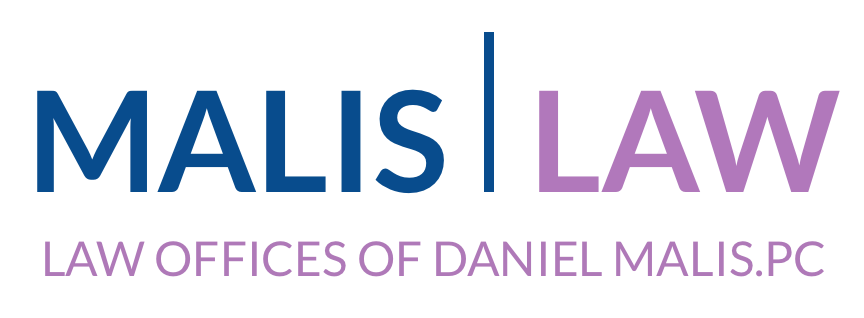IT’S NOT ALWAYS A WAR — MALIS|LAW Negotiates $1 Million Settlement After Hospital Admits Fault

Sometimes, it’s not about fighting for a settlement. It’s making sure that the settlement is fair and just — like this case we resolved in 2021.
We were contacted in Summer 2021 by the daughter of a 61 year old Chinese immigrant who had received a notice from his treating hospital after a routine doctor’s visit disclosed that he had developed lung cancer which was in advanced stage.
The hospital’s “risk management” department noted that he had been examined 2 years before and had a routine x-ray which was benign. However, at that time the hospital and the treating primary physician who examined her father did not follow up on a recommendation that the xray be repeated in 6 months, and in the time between visits the cancer had developed and grown essentially untreatable.
The hospital had reported the error to the State Board of Health and was urging the client to get a lawyer to handle possible settlement negotiations. They hired a local lawyer and, as often happens, he had no experience in medical malpractice cases or the issues that can be involved in resolving them, and through a network of shared contacts, found us.
We used the hospital’s medical portal to review the patient’s records and found the error that the hospital had, to their credit, admitted to.
End of story, right? Not quite. While the hospital was cooperative, they were not simply laying down and resolving the case.
The patient also had concurrent heart disease which could have ended his life before the lung cancer led to his demise, which the hospital’s risk administrator noted on our first call. Also, there was evidence we found in the record that the patient’s daughter, herself a nurse, had read the initialy xray and with it, was at least “exposed” to the information that a follow up xray was recommended — so, arguably, or so we feared, there was indirect evidence that the 61 year old Chinese speaking client should have arranged for his follow up himself.
We began to conduct research on the problem of follow up xrays, and found significant literature suggesting that caregivers frequently do not pass on recommendations for follow up radiological tests when the initial xray is “negative”, or shows no disease. Ironically, this included a study from the hospital where our client had treated.
We used this information to contradict the possible arguments that the hospital would use to undermine a possible claim, and understanding that it would be best for the client to see a recovery while he was still alive, were able to reach agreement for payment of $1 million.
But there was another wrinkle — the settlement would be paid for the hospital’s causation of lung cancer, and Medicaid, which by this time had paid over $200,000 in medical expenses, has a statutory right to be repaid (called a “lien” in professional parlance) for medical treatment that was the result of another party’s negligence if a settlement is recovered. Were this to be repaid in full, this would substantially reduce our client’s recovery.
Here, along with the settlement negotiations themselves, was where we could provide “value added” in a situation where a defendant admitted fault. We engaged in negotiations with Medicaid, with the assistance of an outside firm which specializes in Medicaid reimbursement. We were able to persuade Medicaid that if the cancer had been detected earlier, our client would have needed the same treatment he was currently receiving. In other words, the medical care which Medicaid had paid for was not really the result of the malpractice; it was the result of the cancer. The only difference was, sadly for our client, the likelihood of outcome.
Medicaid accepted the argument, and within two months of our assuming representation, the client received his settlement. We then arranged for Elder Care representation to ensure that the funds would be safe for his family.
The post IT’S NOT ALWAYS A WAR — MALIS|LAW Negotiates $1 Million Settlement After Hospital Admits Fault appeared first on Malis | Law.




